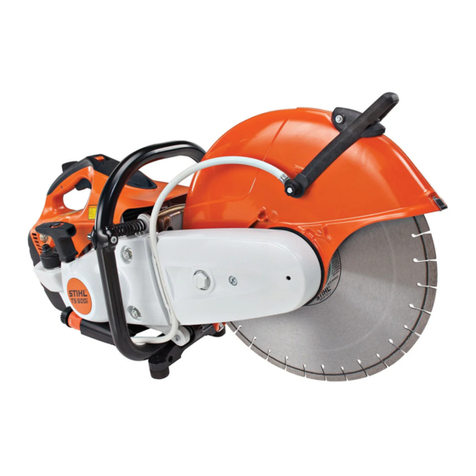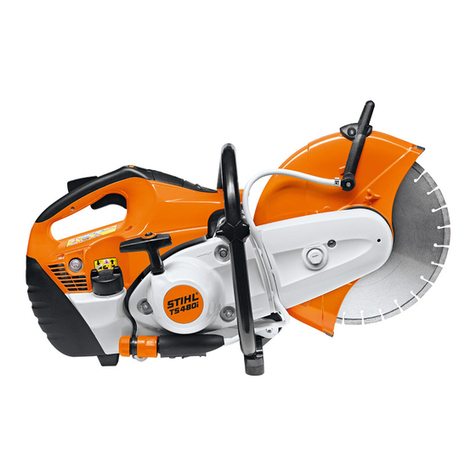Stihl 038 User manual
Other Stihl Saw manuals
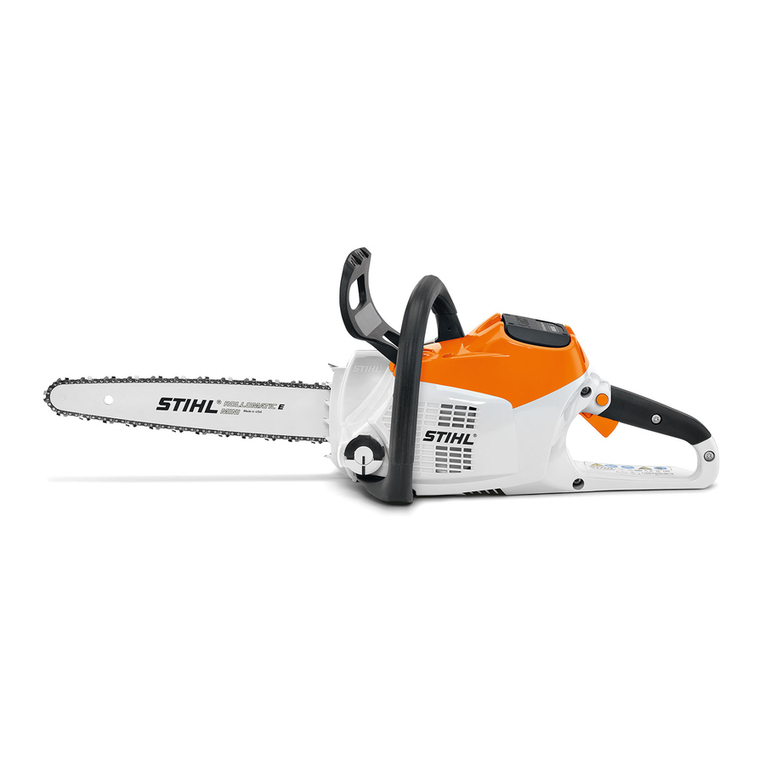
Stihl
Stihl MSA 160 C User manual
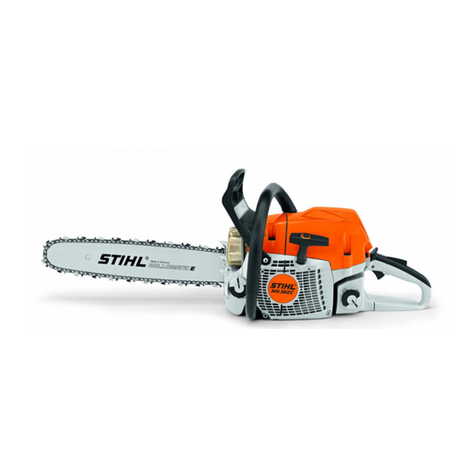
Stihl
Stihl MS 362 User manual
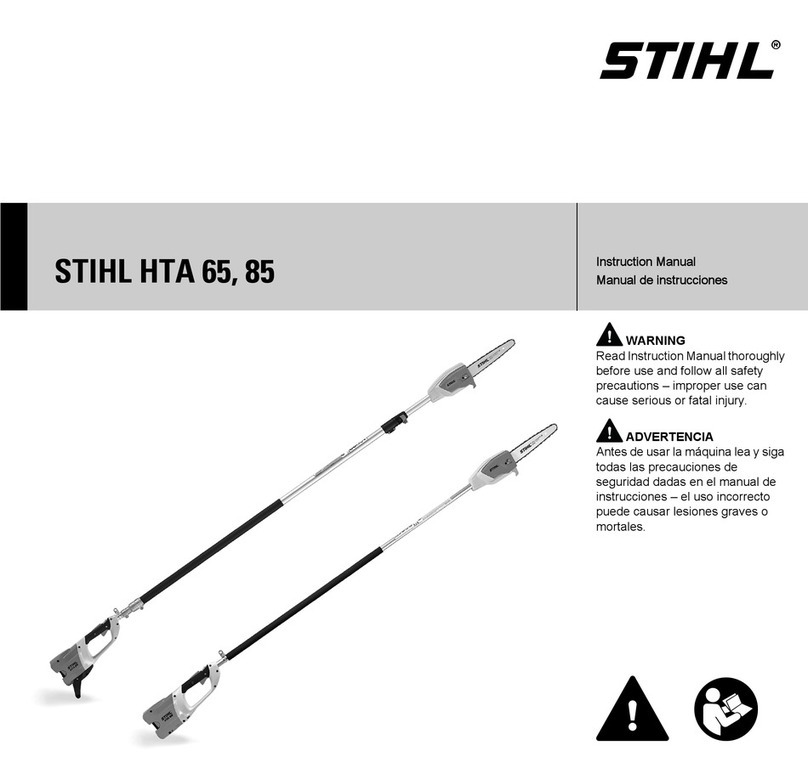
Stihl
Stihl HTA 65 User manual
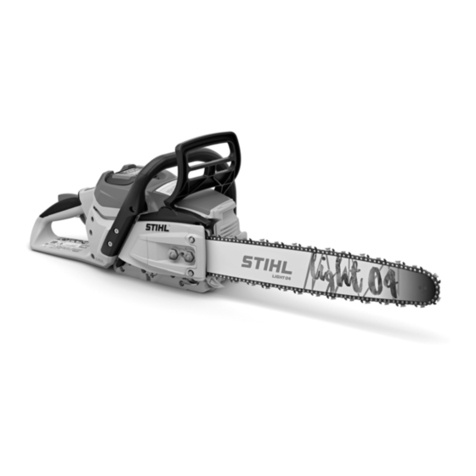
Stihl
Stihl MSA 300.0 User manual

Stihl
Stihl TS 480i User manual
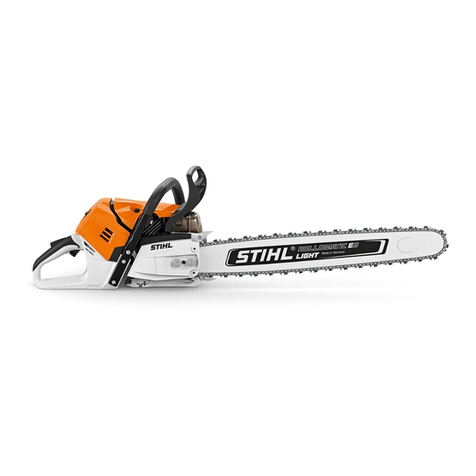
Stihl
Stihl MS 500i User manual
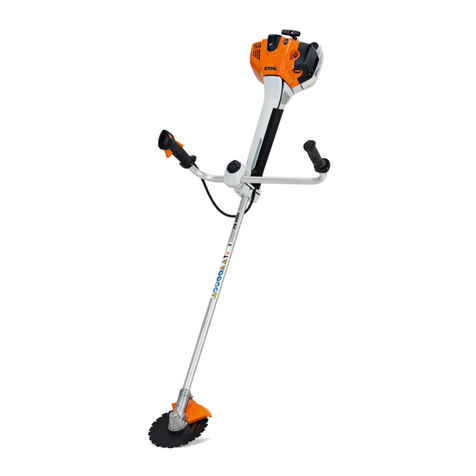
Stihl
Stihl FS 410 C-M User manual
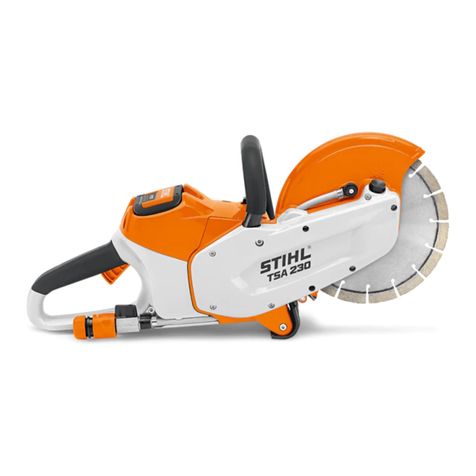
Stihl
Stihl TSA 230 User manual
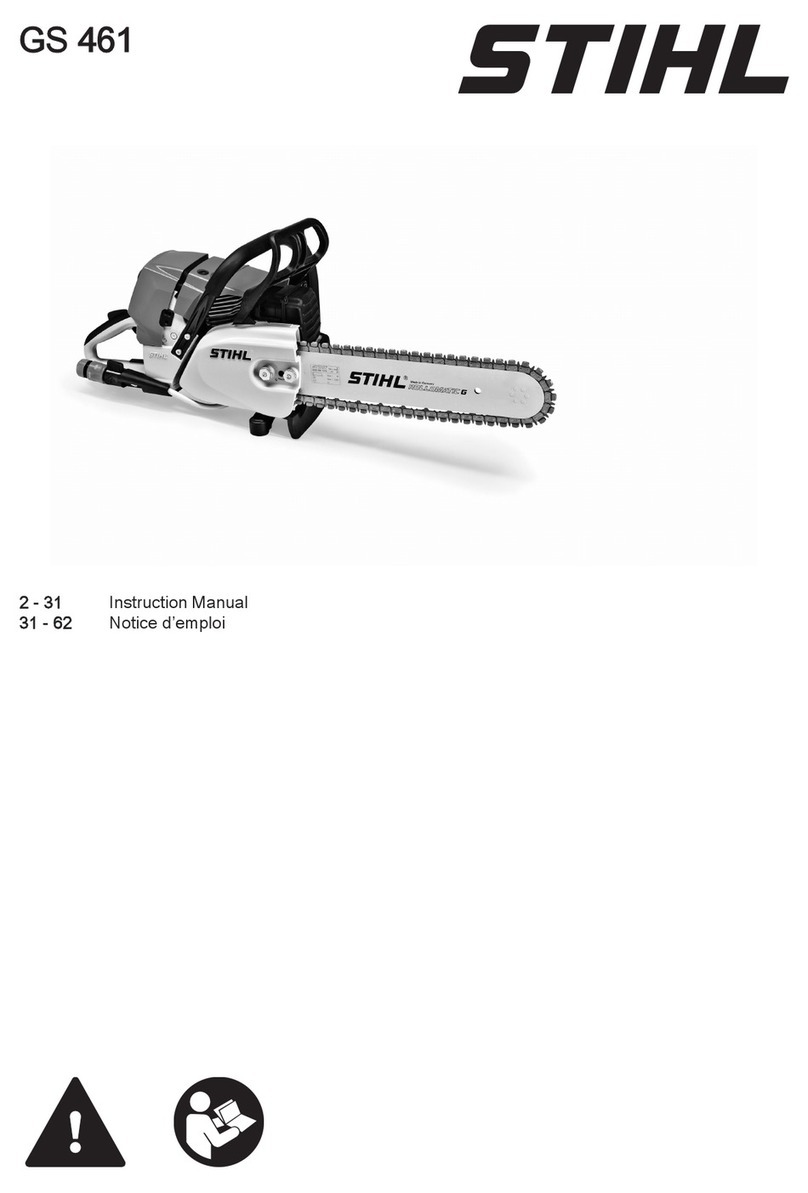
Stihl
Stihl GS 461 User manual
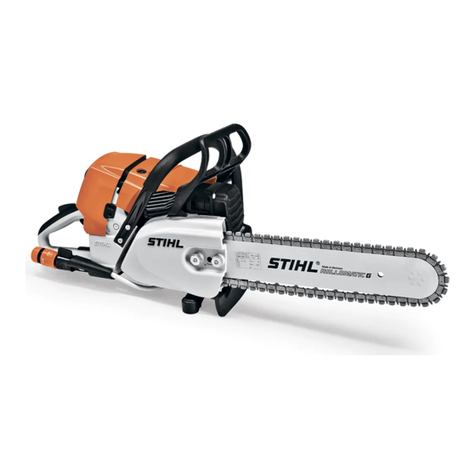
Stihl
Stihl GS 461 User manual

Stihl
Stihl MS 462 C-M User manual
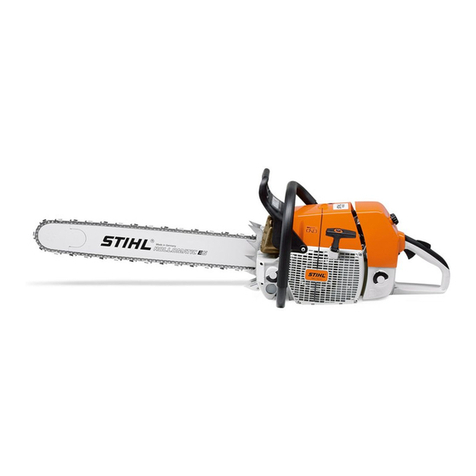
Stihl
Stihl MS 880 User manual
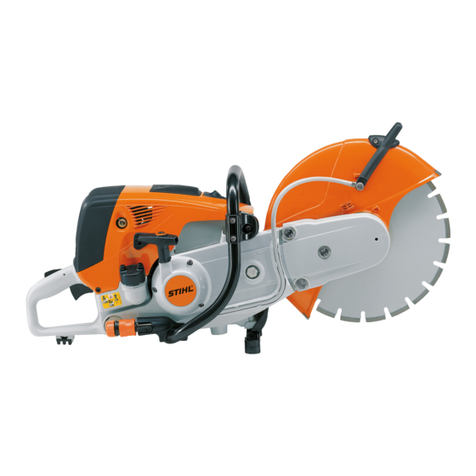
Stihl
Stihl TS 700, TS 800 User manual

Stihl
Stihl TS 700 User manual

Stihl
Stihl MS 210 User manual
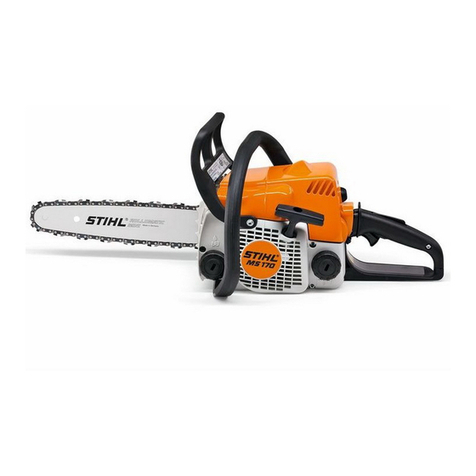
Stihl
Stihl MS 18 Building instructions
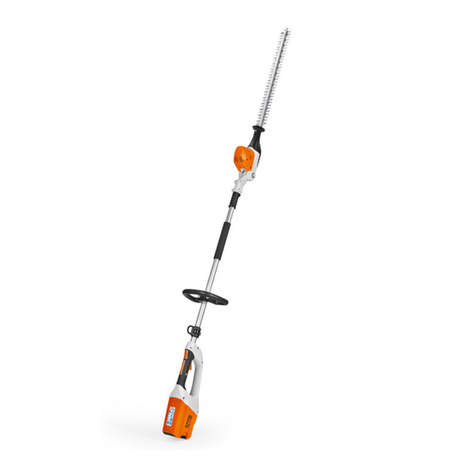
Stihl
Stihl HLA 65 User manual
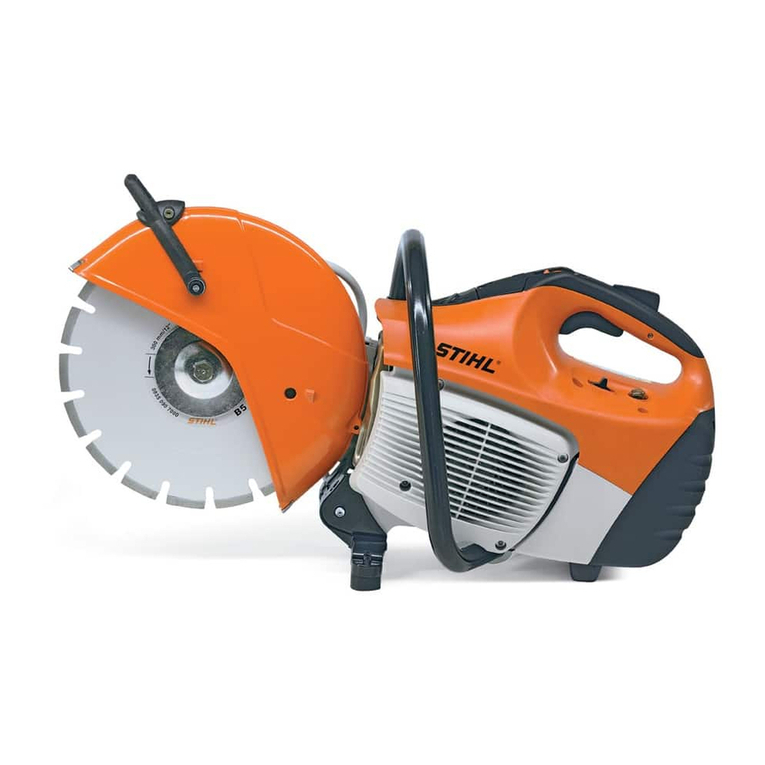
Stihl
Stihl Cutquik TS 410 User manual
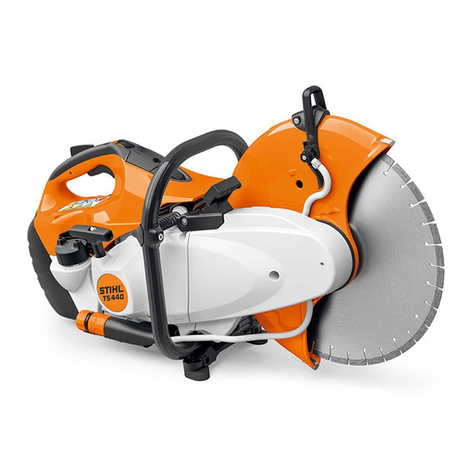
Stihl
Stihl TS 440 User manual
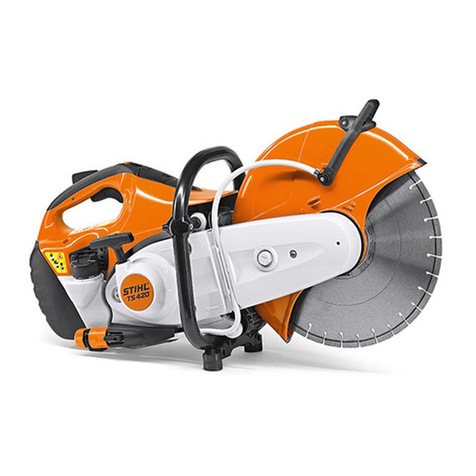
Stihl
Stihl TS 420 User guide
